
Esports fosters leadership and communication at Oswego High School — with a boost from ROG hardware
Overview
- Customer: Oswego High School
- Location: Illinois, USA
- Watch the testimonial video here
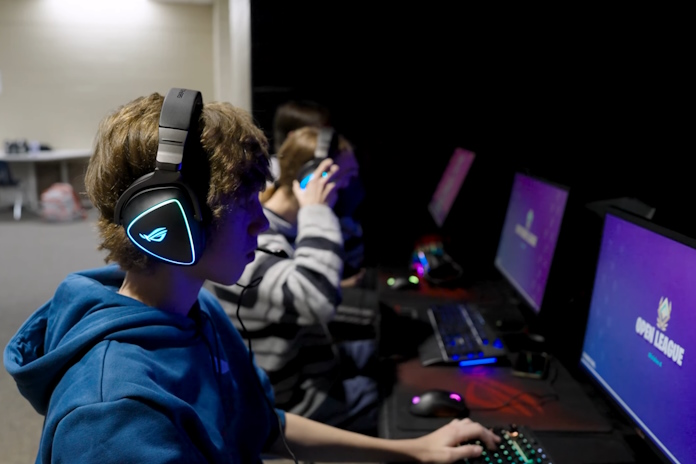
High school is a time when young people try to answer tough questions about what they are good at or what kind of work they want to do. While some students find answers in the theater or art room, an increasing number are embracing STEM programs that boost access to Science, Technology, Engineering, and Math. Students in STEM often go on to earn college degrees that set them up for lucrative careers. A natural companion to STEM is esports. These popular extracurricular programs place students in front of gaming computers, train them to work as a team, and invite them to compete with other schools in popular games like League of Legends, Overwatch, and Fortnite.
We are always interested in helping the next generation of tech enthusiasts discover the amazing growth and continuing potential of esports. That is why we partnered with Oswego East High School’s team by sending them some of the latest ASUS ROG hardware. Head Coach Amy Whitlock, along with three of her students, recently sat down with us to reveal how the new gear gave her team an edge up.

Esports mean opportunity
Naturally, Coach Whitlock takes esports more seriously than most people. She has seen for herself the potential esports have to transform lives. When Oswego East’s track team made it to the 2015 State Championship, Coach Whitlock watched one track star, a junior, give the team everything he had. Everyone had high hopes for his potential. “His parents were banking on him to go to college for track,” she recalls, and they set their sights on Florida University. Tragically, the student “blew his knee. Done. Essentially done. Doctor told him he’s not running anymore.” The family turned their attention to a local two-year college, hoping to do the best they could with the funds they had.
Things took a brighter turn the following year when the student showed up to Oswego East’s esports team. He discovered his talents extended beyond track and field. By the year’s end, he had signed with Illinois College’s esports program to play League of Legends, including enough scholarships to cover his tuition for the four-year degree.
Inspirational stories like this one will probably become more common. Illinois College is just one of dozens of colleges and universities that are incorporating esports into their STEM studies, offering competitive leagues and even varsity-level programs. Top-rated contenders include Miami University of Ohio, the University of California at Irvine, Georgia State University, and the University of Texas at Dallas.
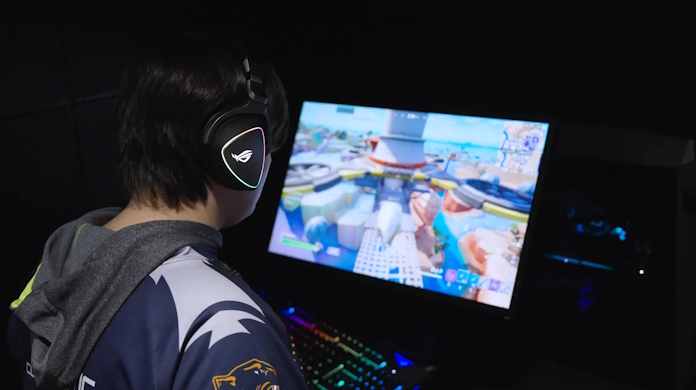
Lessons learned at the keyboard
Coach Whitlock’s team isn’t just thinking ahead to college. They are also learning valuable skills in the present. Competitive gameplay requires teamwork, which has taught junior Hunter Ahrens that he is a leader. He acknowledges there is a natural give and take in every team sport, but tournament gameplay has shown him how quick decision-making often requires someone to make the call in the moment. At times like that, says Ahrens, “You have to take a lot more of that leadership role, and that has helped me figure out how to take charge in a good way.”
Meanwhile, senior Ty Ahrens has developed skills for cooperation. In game, he says, “Not one person is in control at all times, and not everybody is just listening under one person. Makes us respect each other a little bit more and not be feared to say our opinion.” Ty reminds us how high school is a time for young people to learn the social skills that will help them get along with their future coworkers on shared projects. These skills can’t always be taught in classrooms or read from a book — mastering them requires live interaction and lots of practice. Esports provide such opportunities in abundance, helping even the shyest students to come out of their shells.
Take it from Maddie Enriquez. She admits that she “used to be really shy, and then I started opening up and talking to more people. It just really brings, like a different side of you than school can.” Enriquez credits esports at Oswego East for allowing her to express a side of herself that would have remained hidden otherwise. Stories like hers demonstrate the value of a well-rounded education.

Esports and student engagement
Many of the folks we interviewed at Oswego East suggest that esports offer students all the benefits of traditional athletics and more. Any athletics program will give young people the opportunity to discover their strengths, hone their abilities, and develop grit. Added to those benefits are the bonds that develop between a small group of people working toward shared goals, like carrying the football into the endzone or impressing the judges at a regional competition. A kind of magic always takes over when a group of athletes practices together long enough to make the transformation them into a team.
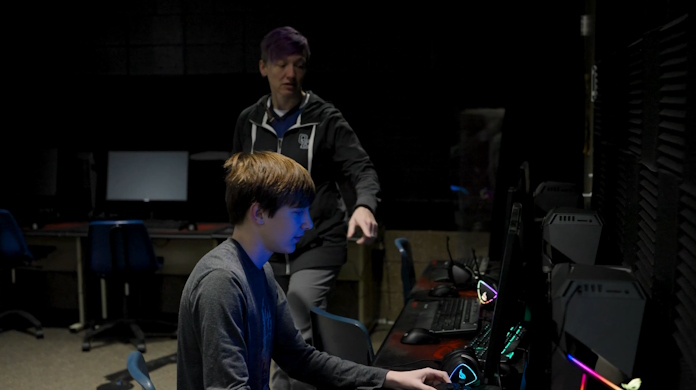
Maddie Enriquez found all of that in esports. She also credits esports with helping her find her voice, which she used powerfully to describe the bonds that brought her team together. “It’s a family. And that’s what esports does to you. It brings a whole bunch of different people together with one common interest and brings them as a whole.”
These friendships do not just tie student athletes to each other. They also bond the team more deeply to the school where it all happens. And it stands to reason that students who look forward to school will work harder, stay longer, and ultimately succeed. Coach Whitlock has seen how esports keep Oswego East’s students engaged. She states that when students are “proud of something that they do, they want to come to school. They want to be in school. They want to work in their other classes.”
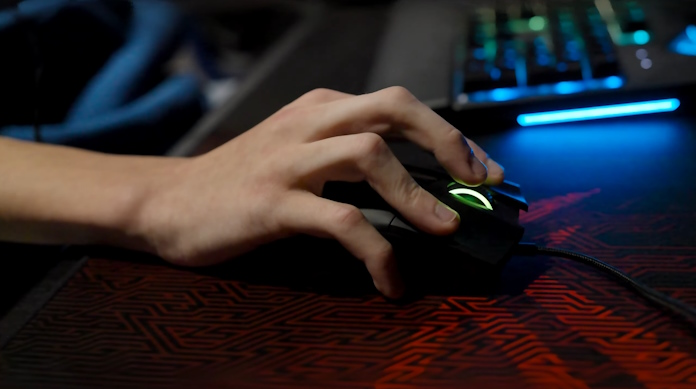
Busting the myths about esports
NYU Tandon has connected the ASUS ProArt Display PA348CGV with the Puget Systems computer. Using the ultra-wide display, the students are able to see their creations from a cinematic perspective. The wide monitor allows them to display any of their software anywhere they want on the screen and run it with a 120Hz refresh rate.
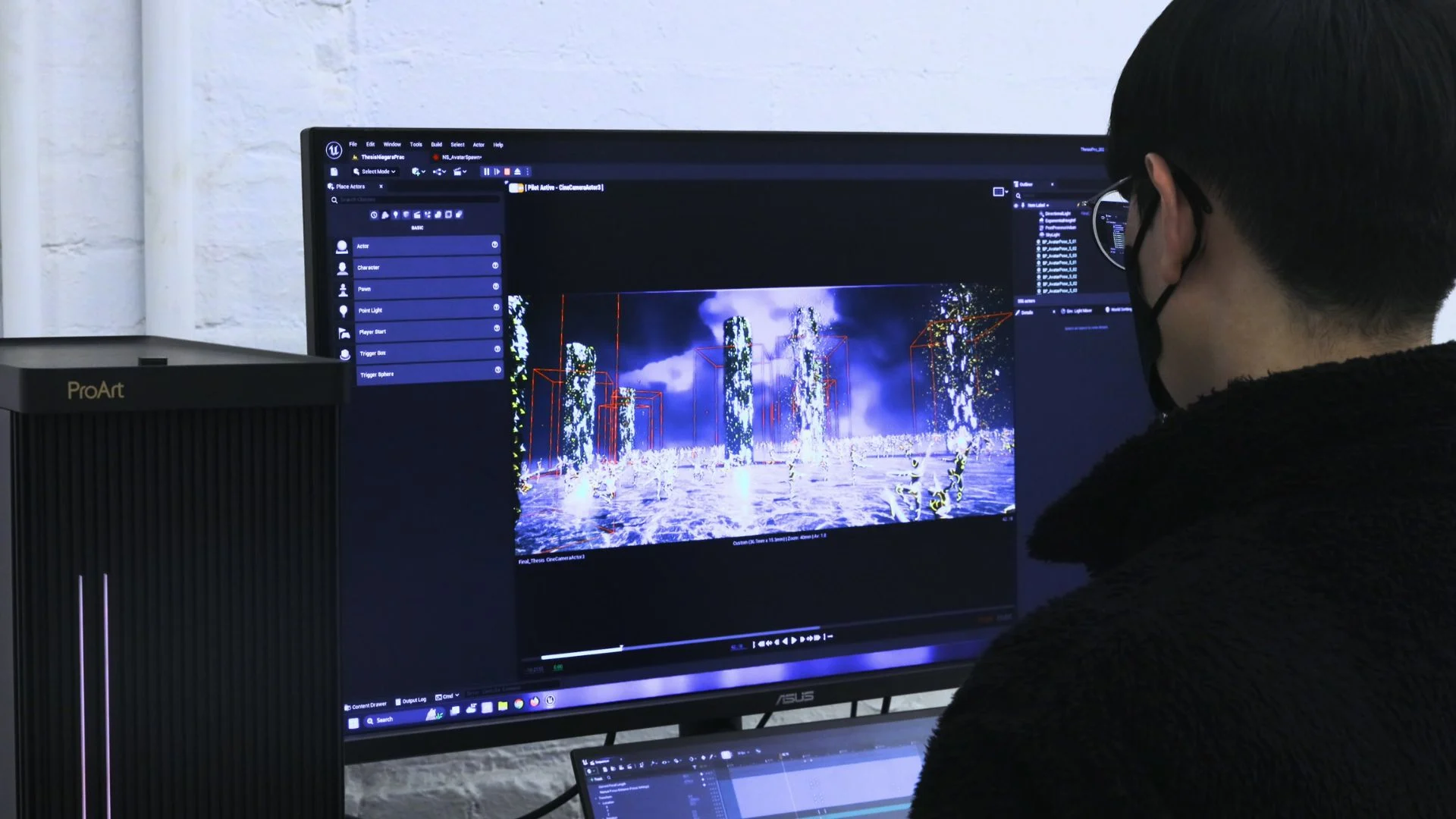
The games played in esports programs confront players with graphically immersive, intensely active scenarios that require constant attention. Players learn how to focus while honing their reflexes. It takes dedicated work to develop the muscle memory that lets players switch their gaming mouse’s accuracy on the fly, allowing them to fine-tune a sniper shot one second, then turn and roll out of harm’s the way next. Continuous contact with the rest of the team is maintained via headsets with microphones, so players develop sophisticated communication skills.
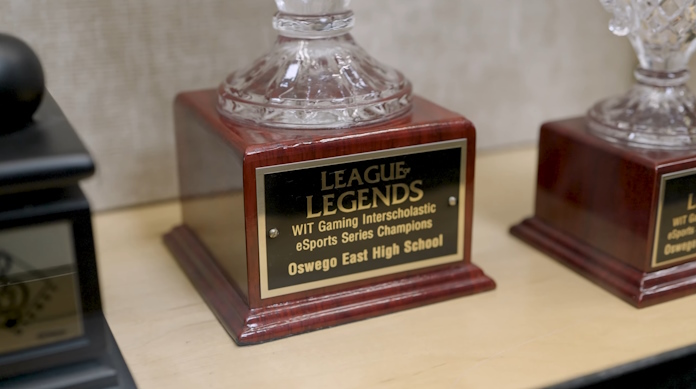
What drives athletes to put so much time and effort into developing their skillset? Besides the camaraderie of teamwork, sports leagues incentivize top-level performance by staging playoffs and championships. Esports are no different. And we are impressed by the record of victories that Oswego East has accumulated, like their 2015 state championship for League of Legends. (They were the runners-up in 2016.) Meanwhile, their Overwatch team won Gameheads Fest, and Coach Whitlock’s Fortnite team is currently number one.
Besides the trophies she has added to Oswego East’s cabinet, Coach Whitlock clearly takes pride in the performance of her individual players. Each team has succeeded in getting to the playoffs in every single match.
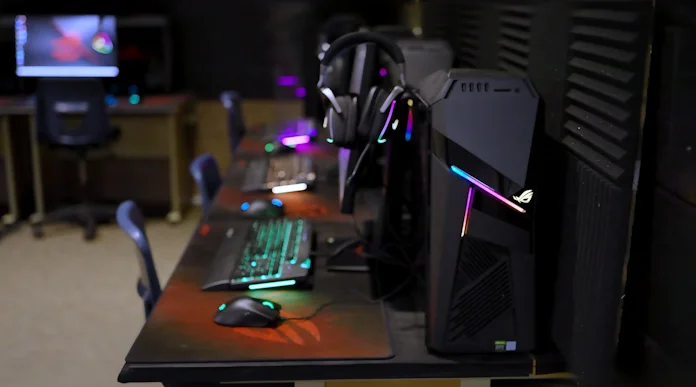
As for Hunter Ahrens, he appreciates the ultra-smooth gameplay afforded by the GL12CX, especially compared to his home computer. And he really likes the superior quality monitors. “It makes a difference on being able to give accurate comms and know when to push,” he explained.

To get the full story on Oswego East High School’s encounter with ROG gaming gear, click the video. Look for that surprising moment when one gamer discovers a newfound passion, and a potential career, in graphic design.
